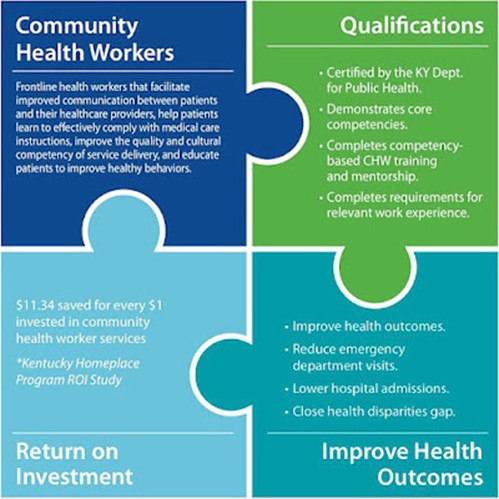[MM Curator Summary]: The FL HCBS ARPA money is finally moving to providers.
The article below has been highlighted and summarized by our research team. It is provided here for member convenience as part of our Curator service.
Florida Medicaid officials are distributing nearly $503 million in enhanced payments to 1,945 providers that render community- and home-based services to the poor, elderly and disabled, the administration of Gov. Ron DeSantis announced Tuesday.
That’s about $180 million less than what the Agency for Health Care Administration initially said would be made available last year when the agency announced the availability of the funds and encouraged home- and community-based service providers to apply for the supplemental payments. The funding was made possible by the American Rescue Plan, pushed by President Joe Biden.
The state did not offer a list of the providers that will be receiving the money. Instead, the state is sending emails to the providers notifying them of whether their requests were accepted and to “provide instructions on next steps.”
AHCA told Florida Politics Tuesday the state is reopening the window of opportunity for providers that use 1099 staff to submit applications for the funds. Those providers will have until May 20 to submit a grant application to the state. The $180 million will be used to help fund those new grant applications.
It will also be used to fund $12 million in delayed egress grants. Those grant awards were not announced Tuesday.
If necessary, some of the $180 million can also be used to adjust grant applications that were erroneously rejected or wrongly calculated, AHCA said.
“From the beginning of his administration, Gov. DeSantis has led the charge amongst the nation’s Governors in putting Florida’s seniors and most vulnerable first,” AHCA Secretary Simone Marstiller said in a prepared release.
“The agency is pleased to award this enhanced funding to Florida’s home- and community-based services providers who are working hard to address record increases in operational costs and challenges in recruiting and retaining staff.”
Florida’s home- and community-based Medicaid providers have been waiting for weeks for word about the grant awards. The state on Feb. 15 told the federal government it wanted to have the money distributed by the end of March.
AHCA Communications Director Brock Juarez defended the agency’s work to get the money distributed.
“From the onset of the (home and community based) enhanced funding program, AHCA has been at the front of states in applying and administering this funding to mitigate the impacts of inflation and workforce capacity to support HCBS providers, who provide care for some of the most vulnerable Floridians,” Juarez said in a statement to Florida Politics. “We are proud of the hard work and dedication of our team to process over 2,000 applications and award over a half billion grant funding in only two months’ time.”
The agency announced late last year it would award $1.2 billion in supplemental payments in two rounds. More than $680 million was made available during the first round of funding, and the state accepted applications between Dec. 17, 2021, and Feb. 14, 2022. The money was divided into three silos: $405 million in grants for one-time provider stipends, $266.6 million for retaining employees and recruiting new ones, and $12 million for delayed egresses.
Ninety three percent of the approved grant applications requested funds from more than one silo.
Juarez said the money would be first distributed to providers who worked with Medicaid iBudget Waiver clients, followed by those who work with Medicaid managed long-term care clients.
The iBudget waiver program, administered by the Agency for Persons with Disabilities (APD), provides people with intellectual and developmental disabilities access to services that keeps them out of institutions and living in the community.
“The foundation of this funding plan builds on APD’s dedication to ensuring that vulnerable Floridians have the resources they need to thrive in their communities,” APD Secretary Barbara Palmer said in a prepared release. “These funds will make a huge difference to attract qualified applicants to serve our vulnerable customers.”
The state will rely on the contracted Medicaid managed long-term care plans to distribute the enhanced payment to the home- and community-based services providers they contract with. The Medicaid managed long-term care program allows people who qualify for nursing home placement to forgo institutional care and choose to receive home- and community-based services instead.
Clipped from: https://floridapolitics.com/archives/517612-nearly-2000-providers-to-receive-503m-in-medicaid-grants/

